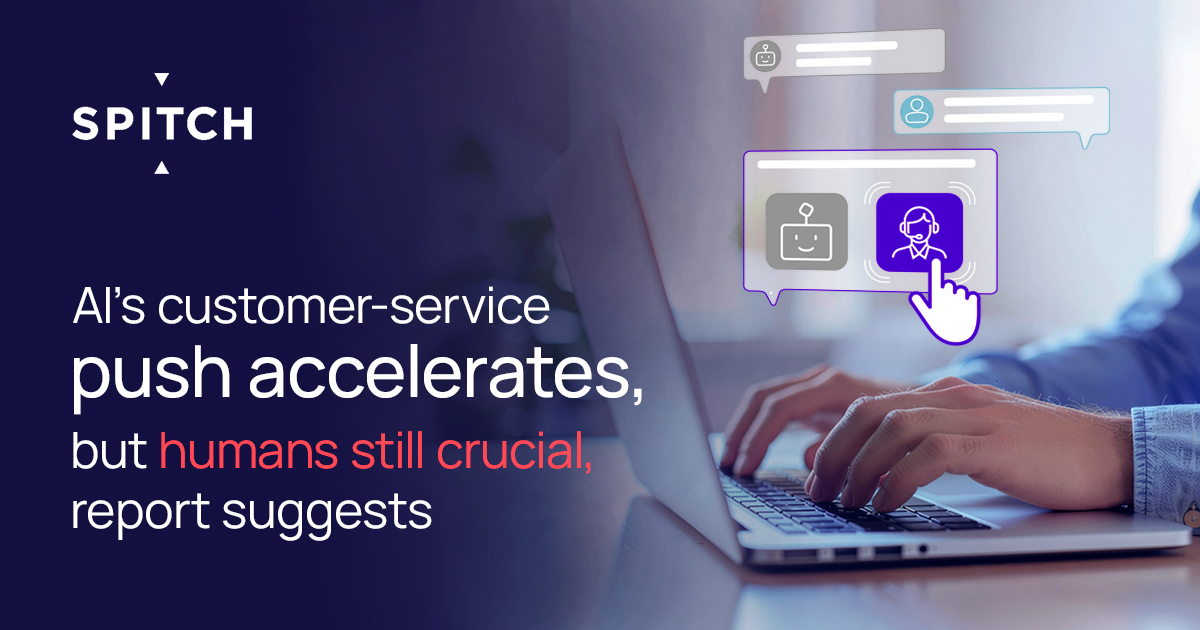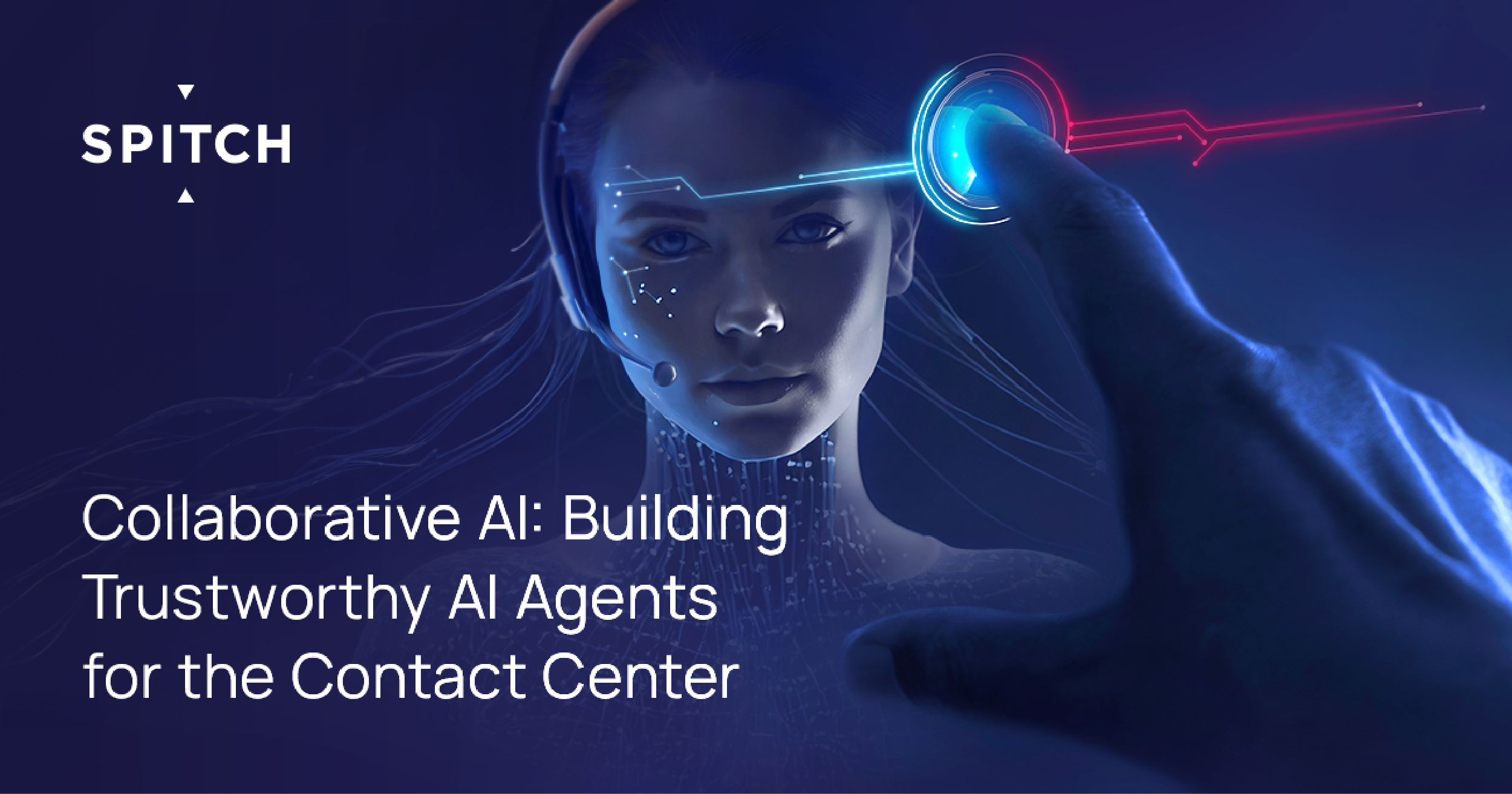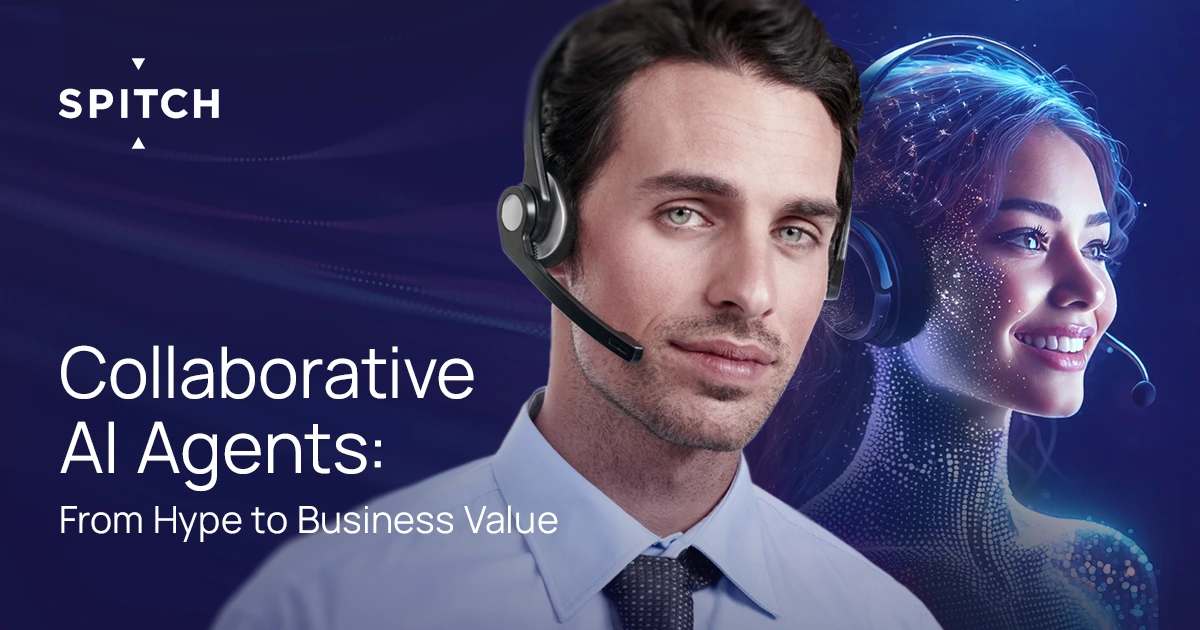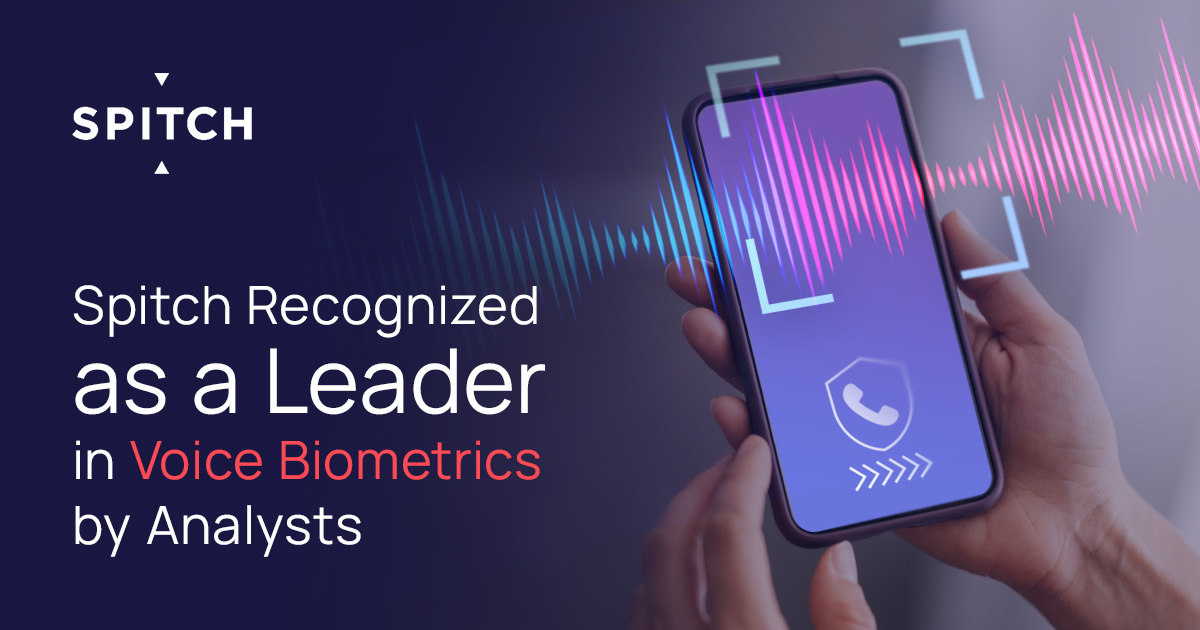Voice Biometrics in the Age of Deepfakes
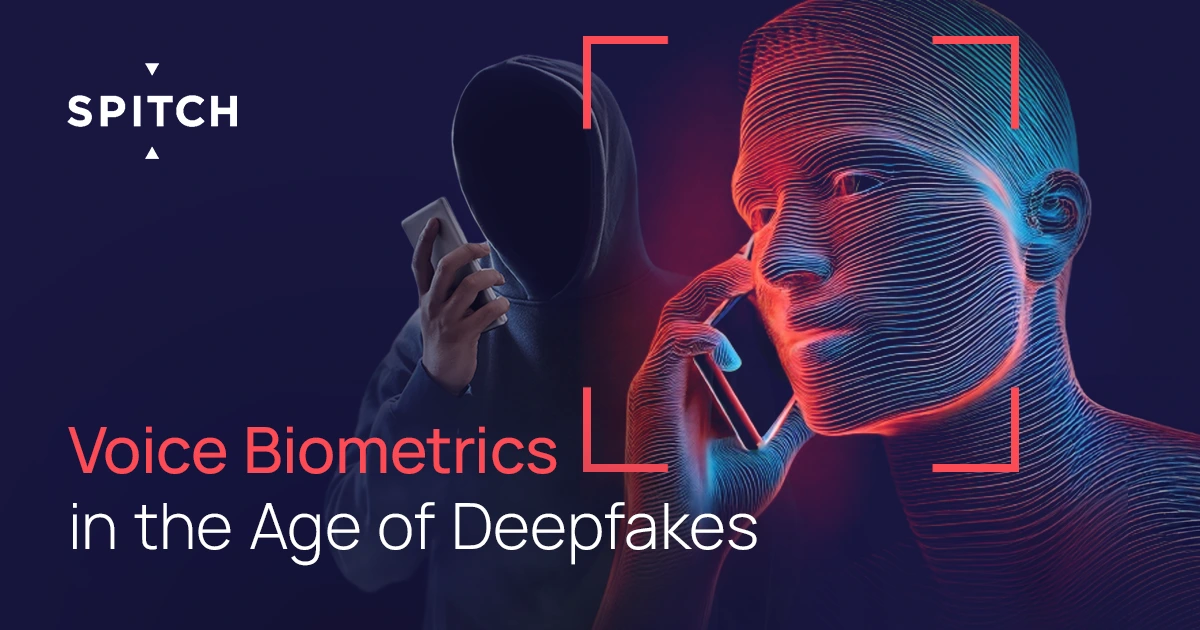
Knowledge-based authentication—passwords and security questions—was not designed for an era of large-scale social engineering and SIM-swap attacks. The viability of voice biometrics as a reliable replacement for knowledge-based verification has also been called into question by a formidable new threat: highly convincing voice deepfakes—spoofed voices and other synthetic-speech attacks—that criminals use to trick banks and insurers.
This reality makes strong, trustworthy authentication urgent. Voice biometrics with robust anti-spoofing measures is now central to modern customer authentication, distinguishing legitimate customers from synthetic impostors far more reliably.
The latest update to Spitch’s Voice Biometrics platform doubles down on three priorities that matter most to security-critical industries:
- Stronger anti-spoofing;
- Faster and more user-friendly enrollment and verification; and
- Privacy-first operation across every voice channel.
What’s in a voiceprint—and why it is safe
Our system creates a voiceprint by modeling up to 500 features of an individual’s voice and compares live speech to that voiceprint on subsequent interactions. This is not a recording match; it is a mathematical comparison of biometric characteristics of a live voice designed to be robust across different phrases and natural conversation.
Spitch’s platform is compliant with GDPR, the Swiss Data Protection Act, EU AI Act, and other international regulations and standards, and aligns with biometric security frameworks such as ISO/ICAO—ensuring readiness for regulated industries worldwide.
Passive and hybrid verification for real conversations
The best authentication is the kind that customers barely notice. With passive voice biometrics:
- Voiceprint creation runs in the background as the customer speaks naturally;
- On the next call, customers can speak freely to be authenticated—no personal data or set passphrases needed;
- Continuous biometric monitoring maintains assurance throughout the entire conversation, not just at a single checkpoint;
- A hybrid approach lets you combine voice biometrics with speech recognition for multi-layer defense and two-factor authentication, on both external and internal use cases.
Outcome: faster, seamless interactions and reduced authentication time without compromising security.
One major Swiss bank has not reported a single fraud case since implementing Spitch’s voice biometrics seven years ago.
Fraud detection that keeps pace with adversaries
Attackers increasingly use recorded audio, synthetic voices, and morphing tools to imitate legitimate customers. Our fraud defenses leverage AI, advanced speech recognition, and market-leading voice biometric technology to:
- Detect pre-recorded and synthesized (deepfake) speech in real time;
- Compare a caller’s voice against known fraudster voiceprints when legally permissible; supporting early detection and ongoing investigations;
- Maintain continuous verification across the call so adversaries can’t “switch tactics” mid-interaction;
- Make plain-speech verification practical, reducing reliance on easily compromised knowledge-based questions.
AI-driven Anti-Spoofing—built for live environments
Spitch’s Anti-Spoofing Module protects against recorded, synthetic, and voice-morphed attacks by continuously streaming audio to an AI-powered backend that flags anomalies as they emerge. It’s designed to:
- Improve transaction security by catching spoofing attempts as they happen;
- Integrate easily into existing call flows and tech stacks;
- Operate across live calls, conversations between customers and AI agents, mobile apps; and more.
What else is improved in the latest release
- Less data required to create a high-quality voiceprint, shortening time-to-trust;
- Less data required for verification, making authentication faster and more resilient in real-world conditions;
- Higher security standards through enhanced modeling quality in both enrollment and verification;
- Shorter answers and free speech are sufficient, preserving natural conversation and accessibility;
- Continuous authentication in self-service channels, enabling 24/7 operation with strong assurance.
Security and trust by design
Voice biometrics earns trust when it’s deployed with clear consent practices, strict data protection, and transparent user experience. Spitch’s platform was engineered for security-critical and regulated environments such as banking, insurance, and public services, with a focus on data protection, fraud prevention, and user-friendliness.
Getting started
A practical rollout often begins with passive verification on targeted call flows, combined with our Anti-Spoofing Module for live detection. From there, extend to self-service and additional channels using a hybrid approach that layers risk signals. The result is a measurable reduction in authentication time and fraud risk, without compromising the customer experience.
The Spitch Voice Biometrics solution and Anti-Spoofing Module are integrated with other AI Agents, such as the Virtual Assistant. The voice biometrics widget is part of the Agent Assist unified workspace, allowing human operators to track customer identity verification results throughout the conversation. Verification results can also be used as a search index in a Speech Analytics solution. In addition, spoofing detection and speaker recognition are directly integrated into the Dialog Composer toolkit, enhancing end-to-end fraud prevention and orchestration. All these solutions are part of the Spitch Collaborative Agentic AI Platform, enabling seamless integration.
Together, these cutting-edge technologies transform a classic voice biometrics solution into a full-fledged AI Identity Agent capable of making informed decisions about when to deploy an additional authentication factor—or to reject authentication and trigger an alert when a spoofing attack is likely.
If you’re evaluating voice biometrics or planning an anti-spoofing upgrade, please get in touch with our team at spitch.ai to scope a pilot and integration path aligned with your risk posture, regulatory needs, and customer journey.
